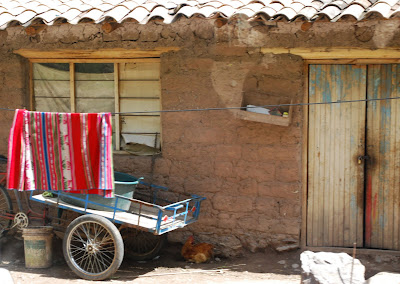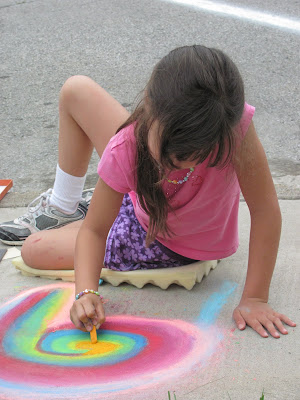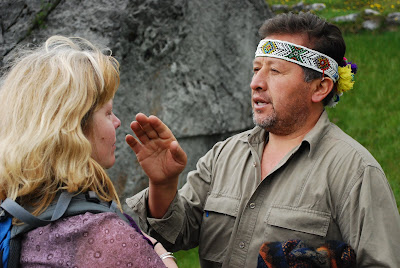make hay while the sun
shines – mow the tall grass, rake and
bale before it rains
Another day without rain, but now we have a heat index warning. With all the moisture in the air, it feels like 110 degrees Fahrenheit. The farmers in their air-conditioned tractors are taking the opportunity to mow their hay fields. One machine cuts the long grass, strewing it in a shining criss-cross sheet of stalks already beginning to turn golden brown. Another implement rakes the grass into sinuous fat rows between the newly-shorn green grass. Then the baler moves along the rows, rolling the hay into giant cylinders covered with green plastic to protect from rain. Later, a gigantic pitchfork machine will lift and move the huge bales out of the field. And the grass will grow tall again until the next mowing.











































